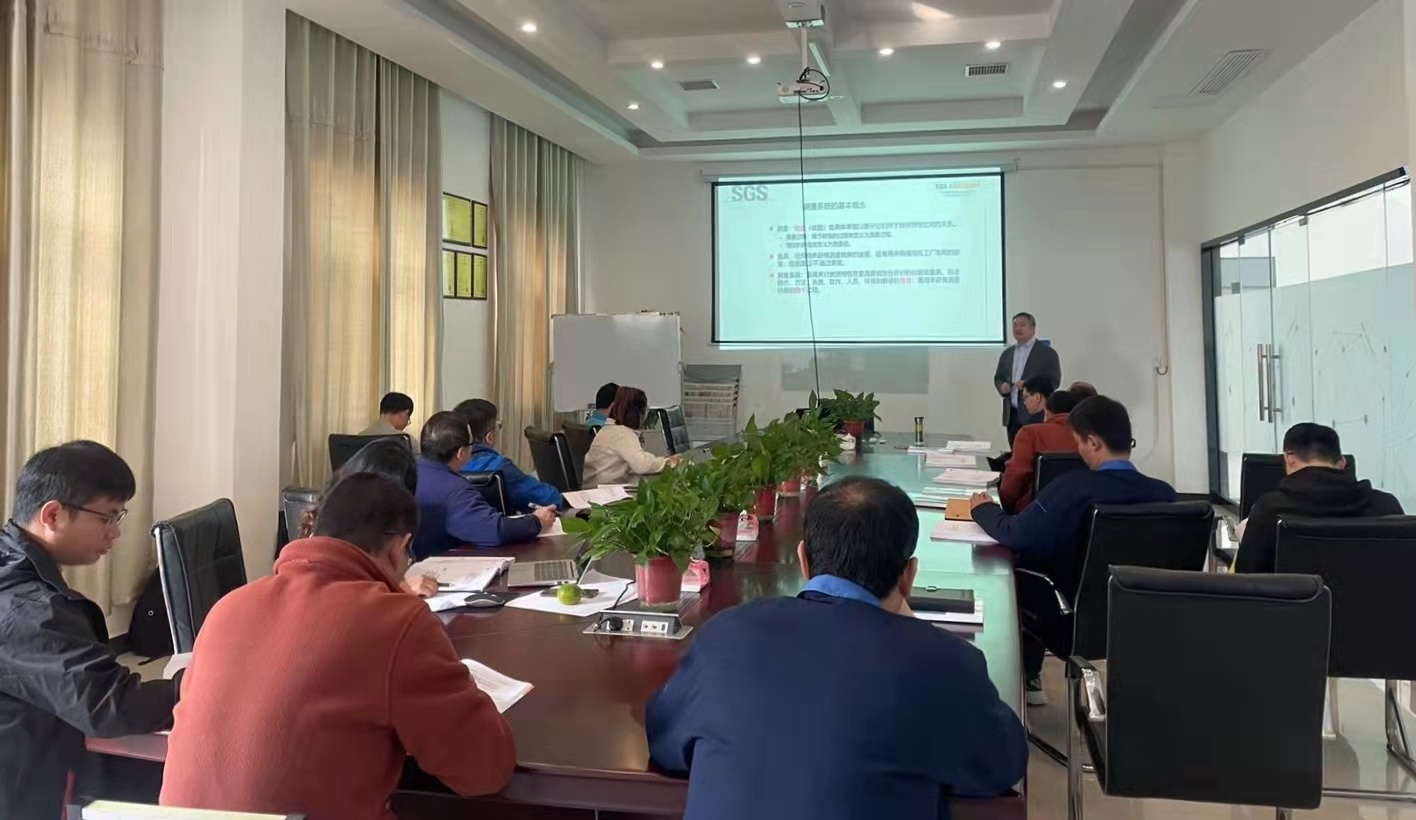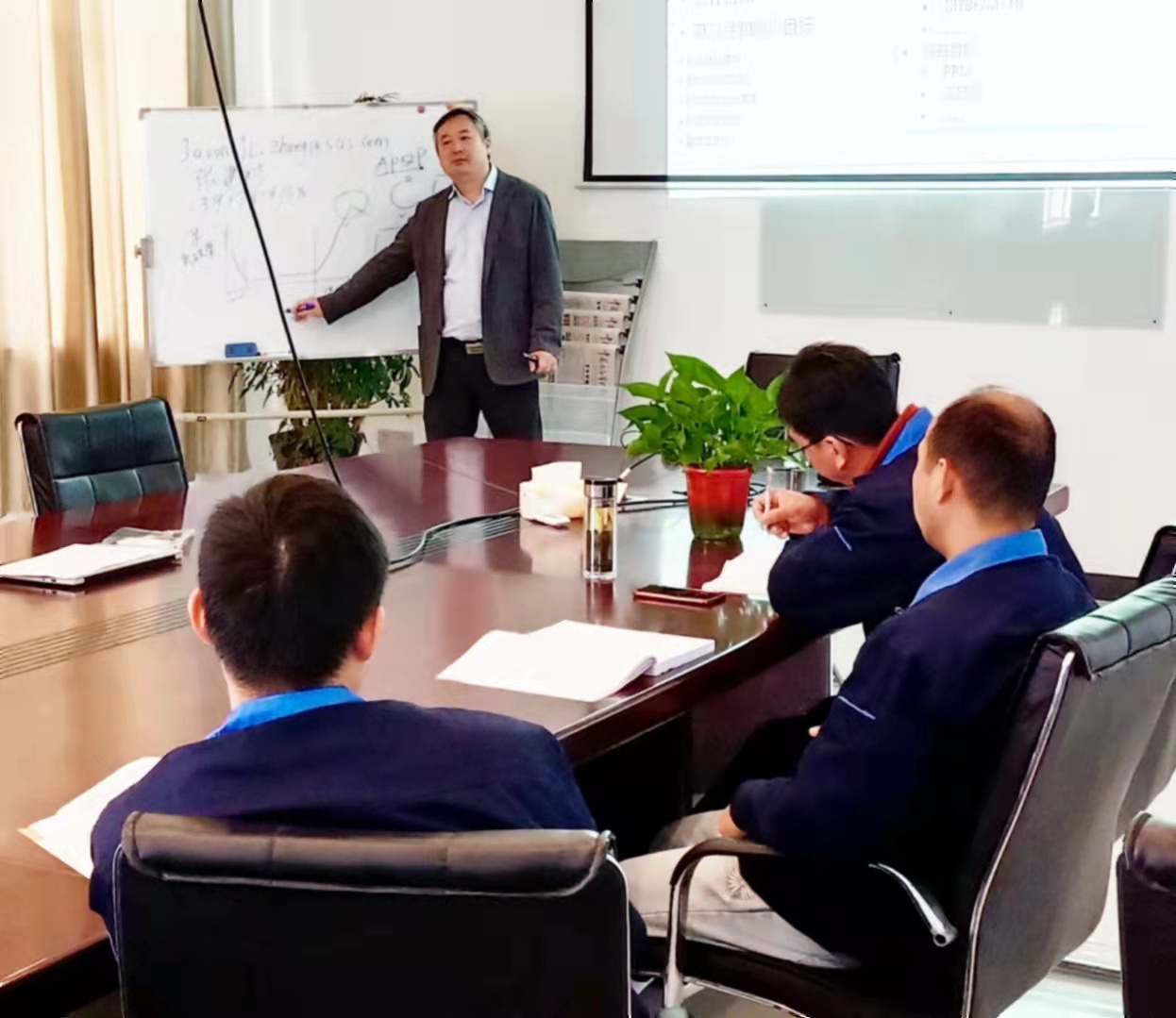News Center
A new type of electronic materials company that is based on independent research and development, integrating development, production, sales, and service.
Anhui Botai organized training on the five major tools of quality management.
Release time:
2021-10-29
Anhui Botai organized training on the five major tools of quality management.
Quality is the lifeblood of an enterprise, and management is the core of assurance. In order to enhance the application ability of relevant personnel in R&D, quality, process, and production to advanced quality management tools, deeply understand the requirements of the five major tools, ensure the achievement of the company's quality policy and quality objectives, improve the level of quality management and competitiveness, and serve customers in industries such as semiconductors, photovoltaics, LEDs, and OLEDs. From October 24 to 28, 2021, the company organized a 5-day training on the five core quality management tools of IATF16949. This training invited Teacher Zhang Jiancun from the SGS Training Center as the main speaker, with more than 20 participants from the quality department, production department, R&D department of Anhui Botai Company, and the quality department, production department one, and production department two of Guizhou Weidun Crystal Phosphorus Company.
The five major tools of quality management are the techniques and tools for product quality control during product development, design, and mass production, including Statistical Process Control (SPC), Measurement System Analysis (MSA), Failure Mode and Effects Analysis (FMEA), Advanced Product Quality Planning (APQP), and Production Part Approval Process (PPAP). Systematic study of the five major tools and techniques of quality management can stabilize the production process, ensure production quality, consistently implement error-proofing, eliminate waste, reduce costs, and improve customer satisfaction. During the training, Teacher Zhang provided in-depth explanations of the five modules: Statistical Process Control, Measurement System Analysis, Failure Mode and Effects Analysis, Advanced Product Quality Planning, and Production Part Approval Process, using simple and understandable language, rich and detailed cases, and years of professional experience. In class, everyone listened attentively, actively discussed combining theory with practice, and the teacher answered questions on the spot.The classroom atmosphere was lively and active, and the training was effective.
This training further deepened the understanding of quality standards among various departments, thereby promoting the application and introduction of the five major tools, safeguarding product quality improvement, and assisting market development..


Focus on hot spots